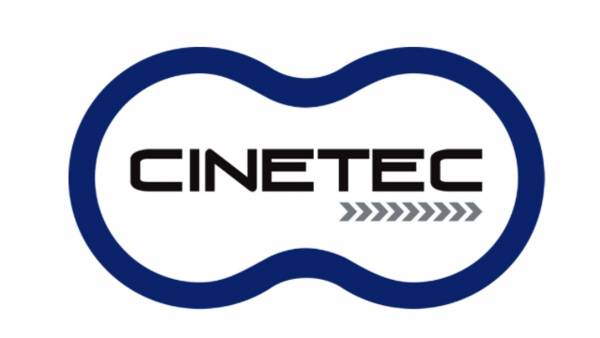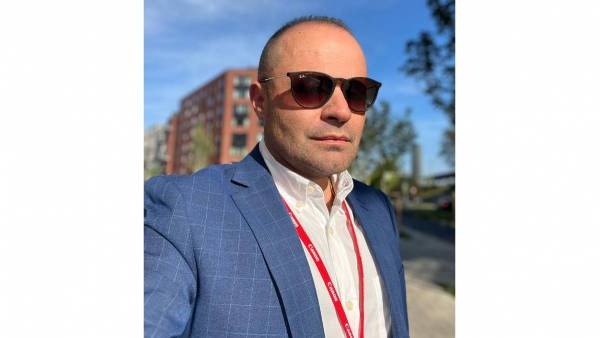In wall speakers manage to balance functionality with design; that is why new constructions are increasingly inclined towards this type of system.
by: Alejandra García Vélez
The search for fidelity is a constant in the world of audio; therefore, integrators aim to have the best equipment to be able to provide the user with an experience in which the sound is so good that you can not differentiate between real and artificial audio.
The in wall speakers are an option that stands out in this search for its versatility to fit into all types of spaces; some well-known companies in the market shared with AVI LATINOAMÉRICA their perspectives on the incursion of this technology in the region.
The possibilities
Since the famous North American mobile homes forced manufacturers to design audio systems that could adapt to the small space of these cars, in wall speakers have evolved a lot and can now be adapted to other types of applications.
For example, its use in home teather systems stands out, also in buildings where the spaces are small, likewise, they can be located in establishments such as restaurants, nightclubs and other places where performance and visual impact are important.
This is because, with respect to surface speakers, in-walls can become larger in size, but more discreet in assembly; additionally, they have a wider playback range at high and low frequencies. In addition, with respect to ceiling speakers, in-wall speakers have better coverage, frequency response and allow a more homogeneous sound field behavior, according to Arturo González Jr, general manager of AMG Import.
For his part, Carlos Guerra, sales manager for Latin America of Speakercraft, said that today there are equipment on the market with which using a very small niche in the wall (up to only 7 centimeters) can obtain the same performance as with a surface speaker.
Noah Kaplan, president of Leon Speakers, also highlighted the advantages that from the architectural and design point of view have this type of speakers; the executive said that often, the equipment is available with paintable grids, thus facilitating its integration with the design of the buildings until they become "practically invisible".
He also stressed that, when an installation is going to be carried out in multiple rooms, the in wall will always be more practical because they allow a better use of space.
And in Latin America what?
Kaplan when analyzing the prospects of the American market explained that the growth of in wall speakers has gone hand in hand with the positioning acquired by flat screens. "The outlook is very positive, as according to a report published by an e-marketer at the end of last year, the market for screens is expected to skyrocket in 2009 to more than 130 billion dollars worldwide; which would create a great demand for speakers for home theater systems, "said the director of Leon Speakers and added that, he has a great expectation for the recent creation of a line of in wall subwoofers, as this will allow users to have large and powerful audio systems without sacrificing valuable space.
However, although in Latin America the in wall speakers are gaining strength, there are still some difficulties for their growth to be even greater. According to Guerra, one of the main drawbacks is the type of materials used in the region, as most buildings use brick and concrete for their construction, which makes the installation process more complicated.
"Outside the United States the implementation of in wall speakers is in its infancy, for now you only have a minimum percentage of the market; when architects and Latino users begin to know more about this technology, the market in the region will grow," said Guerra, adding that "Latin America is currently in a stage of dissemination, training and adaptation of the in wall to our context, because in the region we have different realities, to begin in the area of construction."
Likewise, González agrees with what was previously expressed by the other managers, "in the region, and especially in Colombia, the market for this type of speakers is growing, since in construction the implementation of materials that make installation easier has been increased, such as drywall, however, in Latin countries the construction of this type is not yet very well accepted, and that is perhaps the main limitation when it comes to implementing in-wall speakers."
Despite the limitations expressed by the three executives, Latin America is consolidated as a very attractive market for the audio and video industry, because as technologies like this are massively disseminated, users will increasingly bet on them.
Installation recommendationsArturo González Jr, general manager of AMG Import, gives some general recommendations for the installation of this type of systems.
Steps to follow:
Locate the location where you want to install the speaker, since later it is more complicated to make any modification.
Perform a small perforation in the center of the marking with drill, this in order to know if there is pipe of any kind that can affect the installation.
Mark the location of the speaker and perform the drilling. To mark it is convenient to use a paper with the reference of the speaker.
Verify the cut made and proceed to send the wiring through a probe to the place where the amplifier is located. In case of having brick walls it is necessary to make perforations.
Keep in mind always leave a small surplus of wiring, for the purposes of having availability to make alternate connections.
Remove the grille, connect the speaker and put it in the hole, adjusting it with the screws enough, but without tightening as the terminals and perforations of the speaker could be damaged.
Put the grid in place and clean to remove dust.
Aspects to take into account:
The coverage you want to get in °H and °V.
The average height at which you want to install is usually located at the height of the ear.
The existence of a symmetrical distance from the speakers to the listening point, otherwise put delays to align them.

























Leave your comment